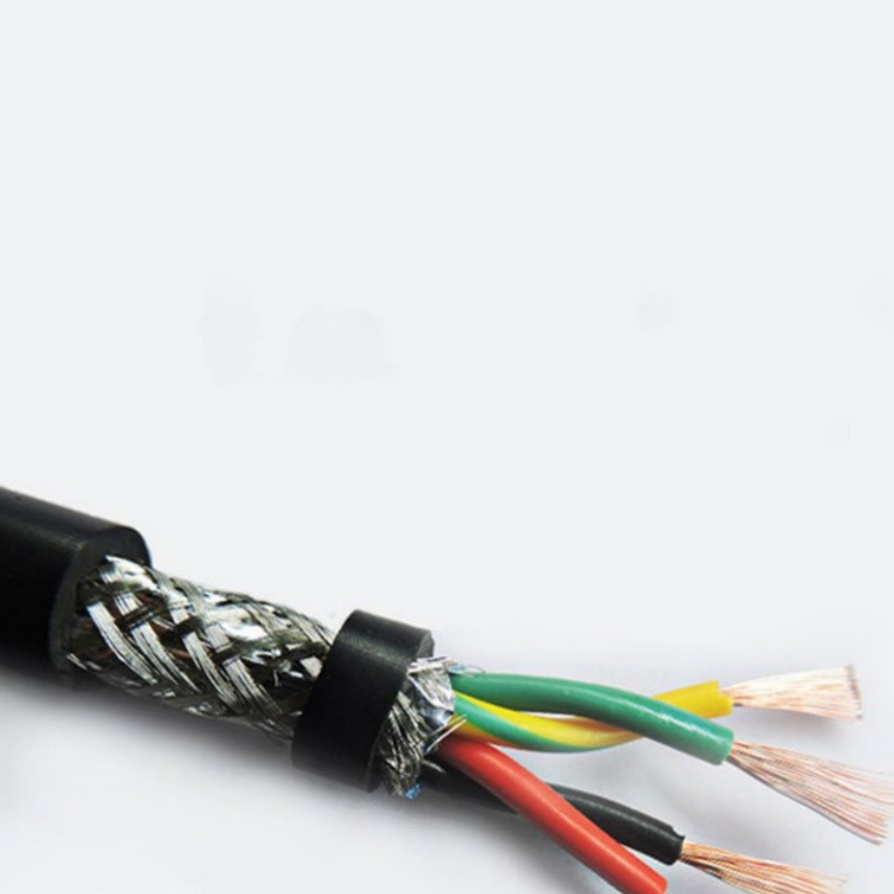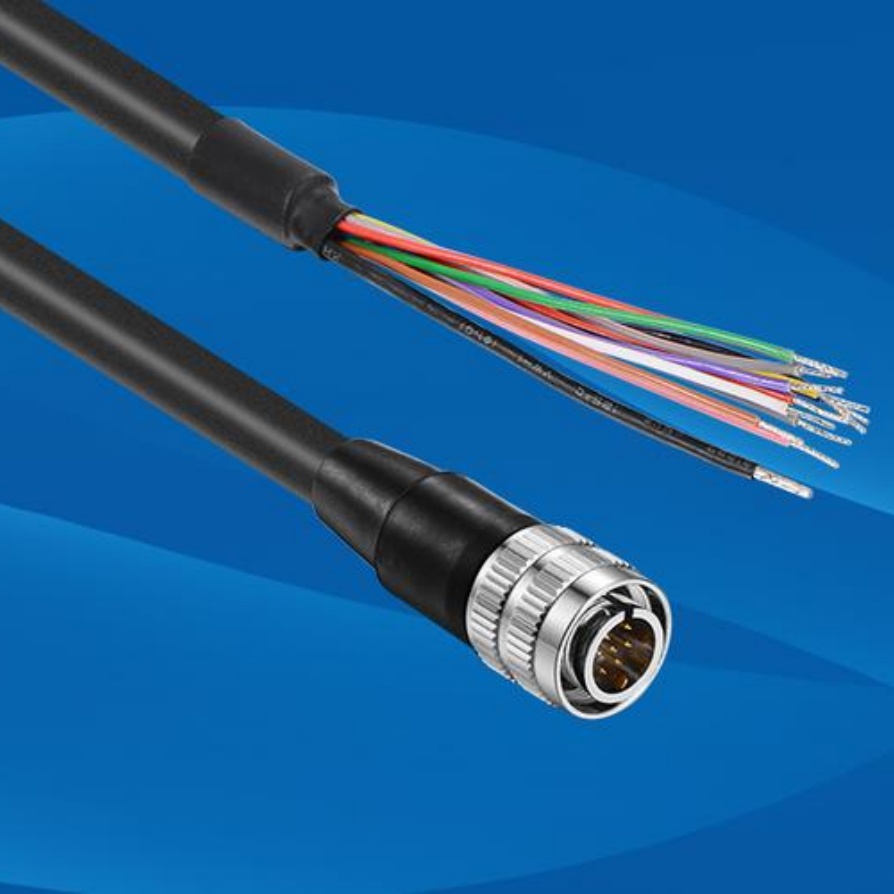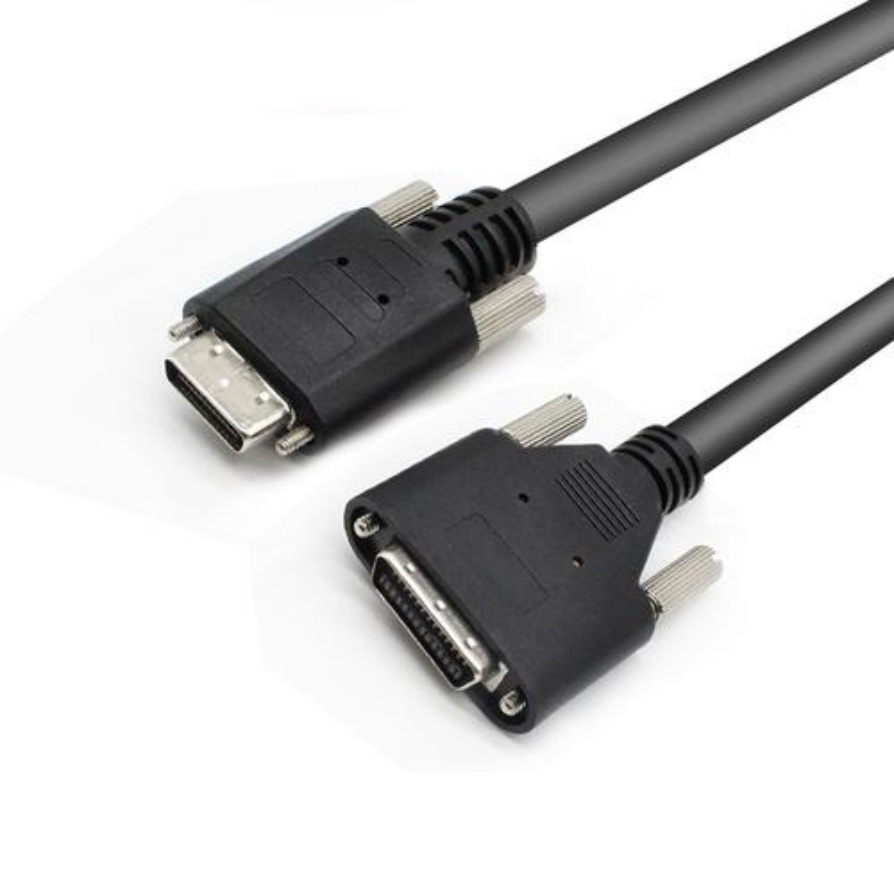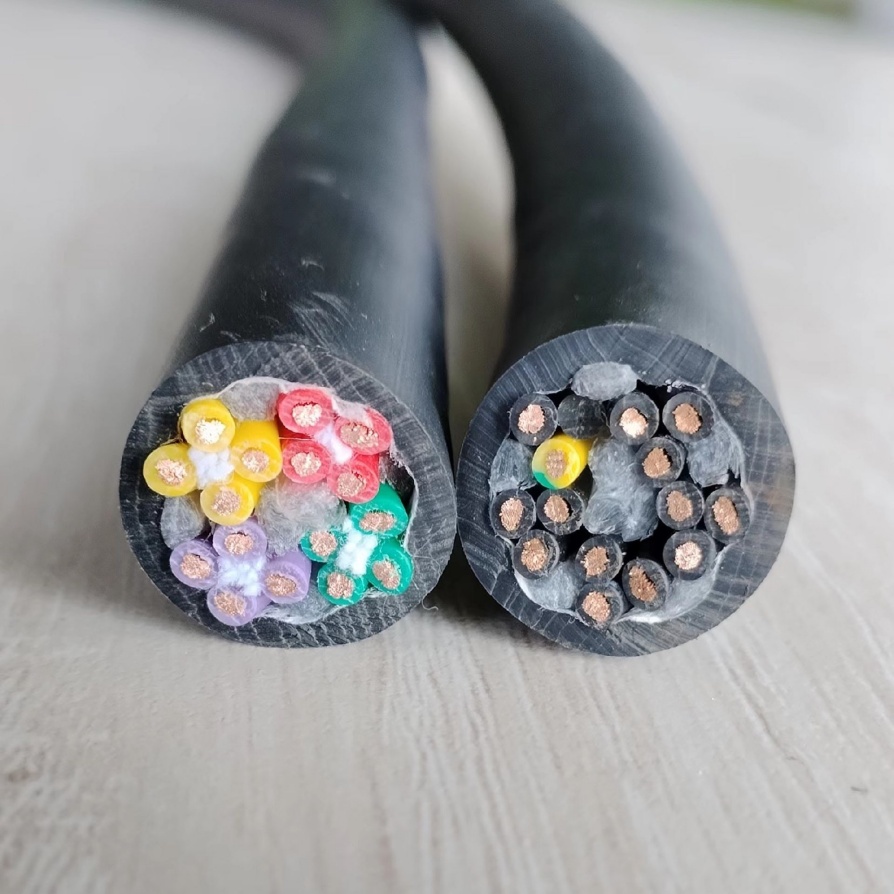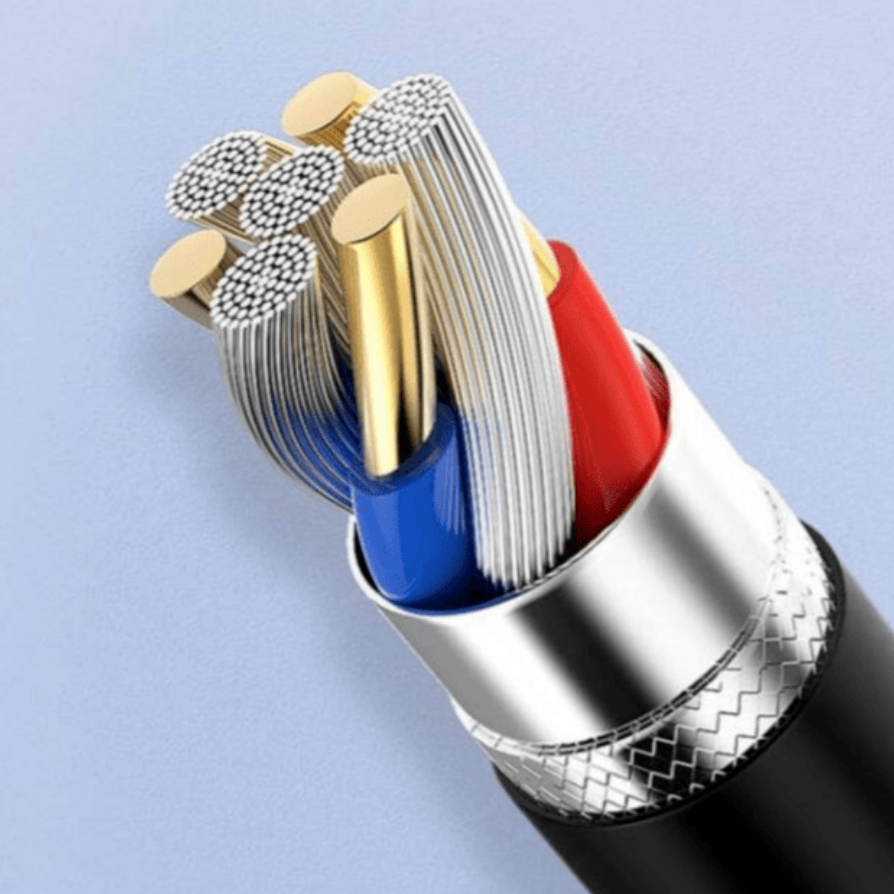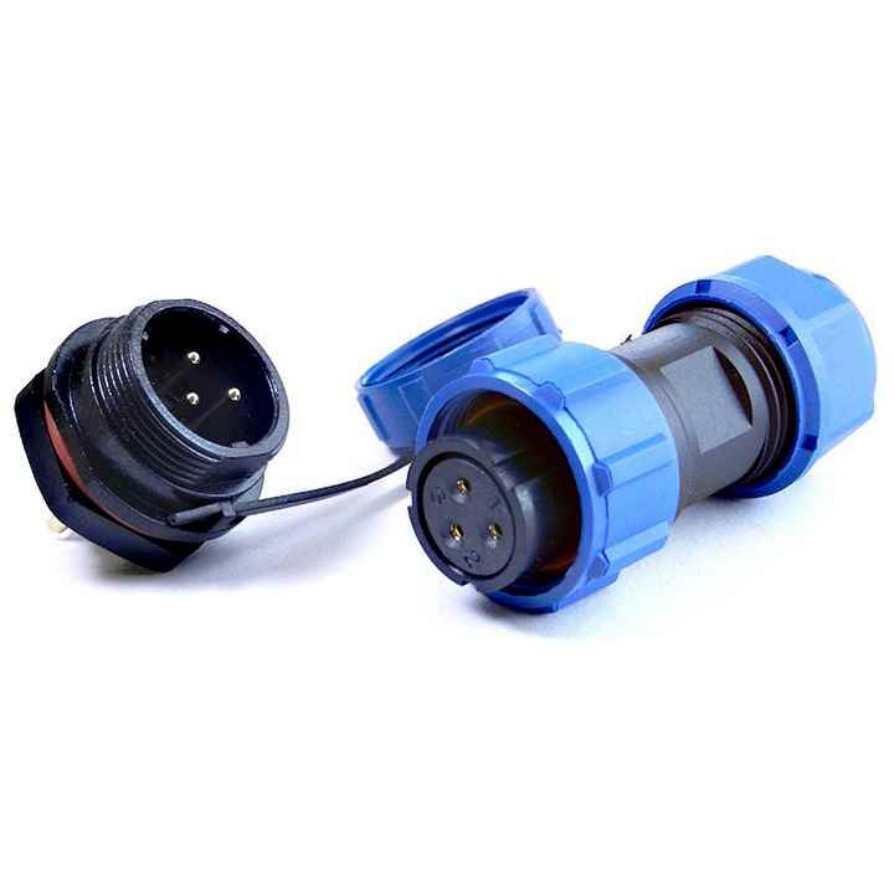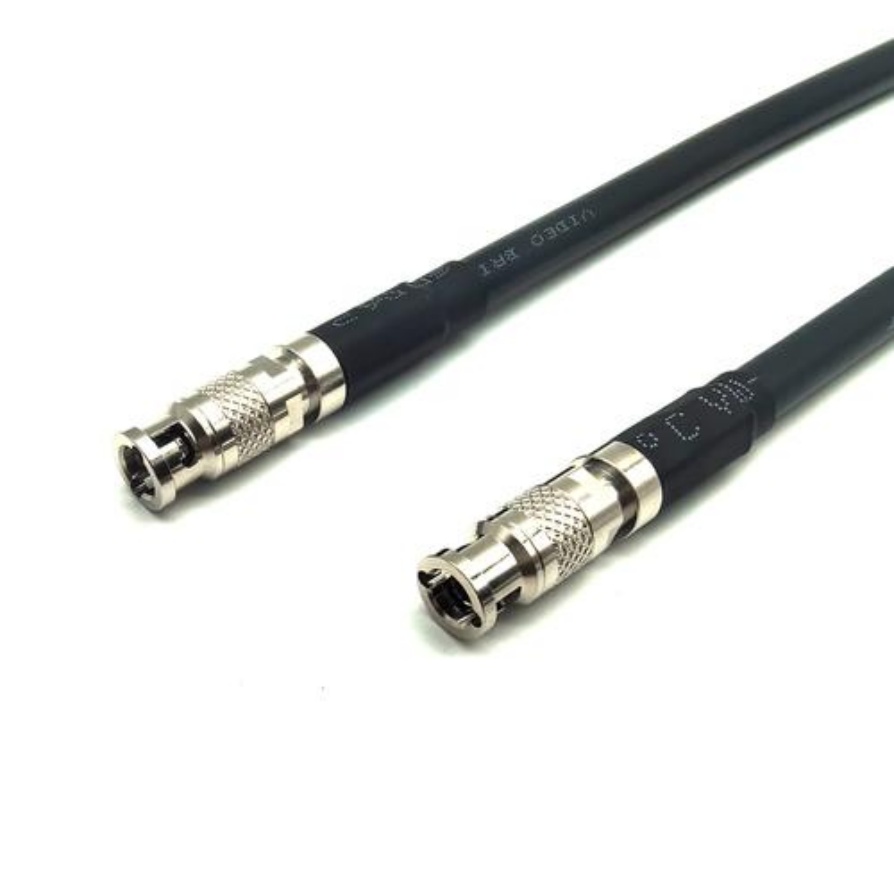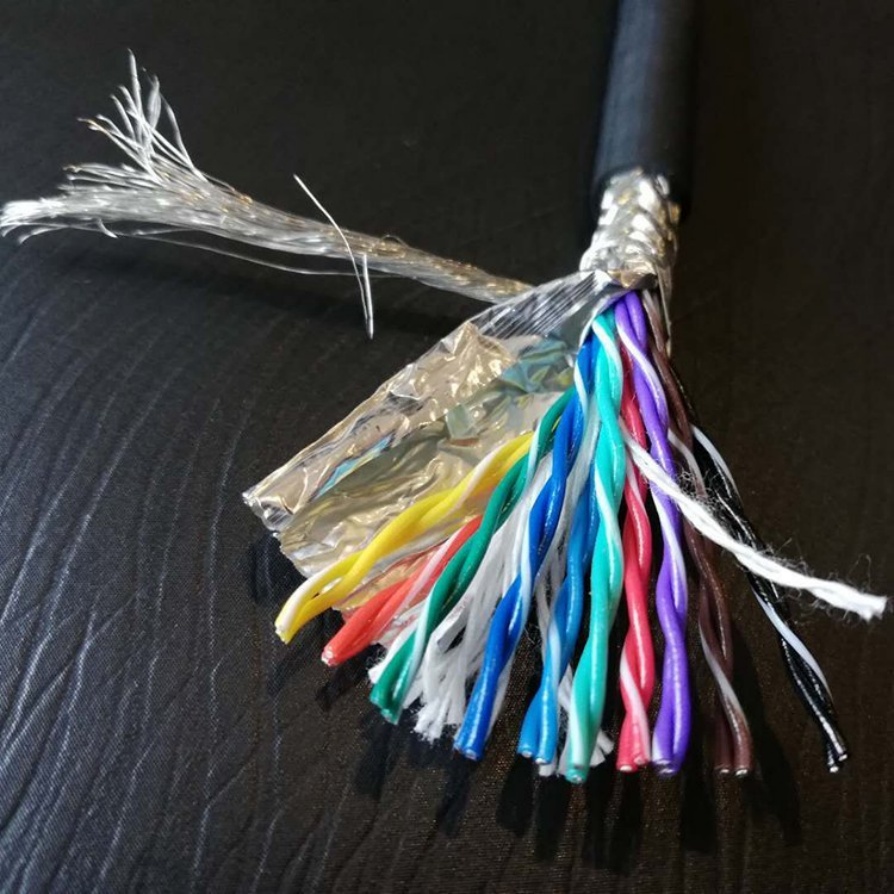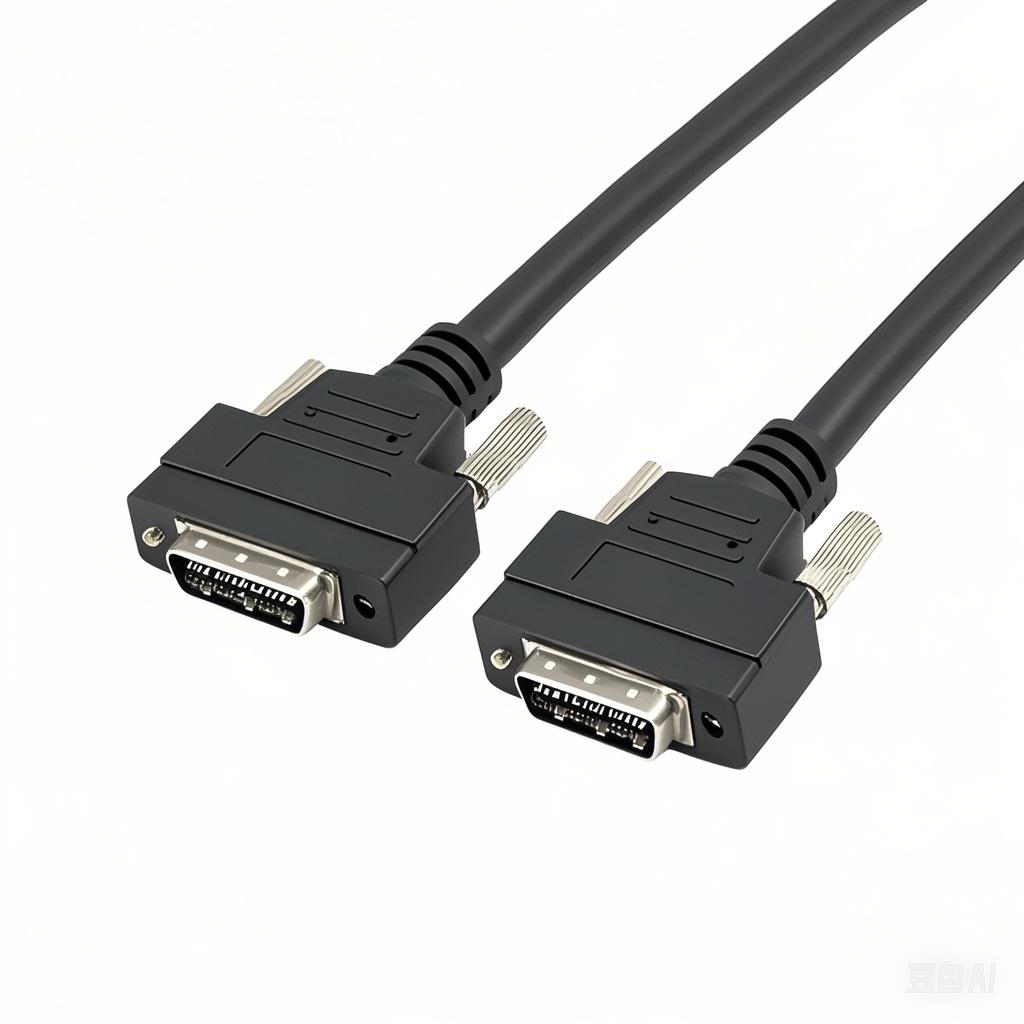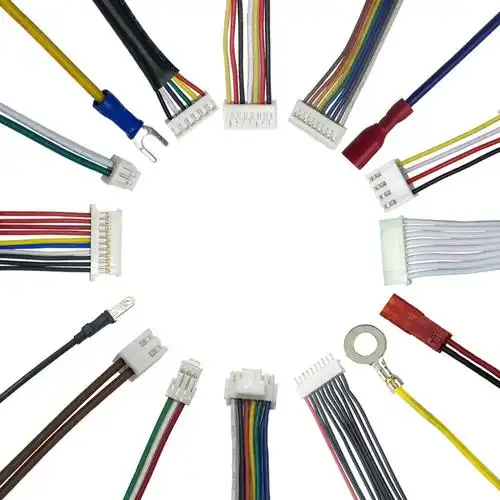How to Select Machine Cable for a Robotics System
Robotics systems rely heavily on machine cables to transmit power, signals, and data—often in dynamic, harsh conditions like continuous motion, temperature fluctuations, or exposure to chemicals. A poor cable selection can lead to frequent downtime, signal interference, or even system failure. To avoid these issues, the selection process must be rooted in the robot’s specific operating needs, with clear focus on environmental, mechanical, and electrical performance. Below is a step-by-step, practical guide to choosing the right machine cable for your robotics application.
1. Start with Environmental Conditions: Match Cable Materials to the Workspace
The first and most critical step is assessing the environment where the robot operates. Cable materials (insulation, jacket, and conductors) must resist external stressors to maintain integrity over time.
- Temperature extremes: For high-heat environments (e.g., welding robots, automotive assembly), choose cables with fluoropolymer insulation (e.g., PTFE, FEP) or silicone jackets, which withstand -60°C to 200°C. For cold environments (e.g., food processing freezers), opt for low-temperature flexible materials like PVC or TPE that remain pliable below -40°C.
- Chemical exposure: Robots in pharmaceutical or chemical plants need cables with chemical-resistant jackets (e.g., polyurethane, PTFE) to resist oils, solvents, or disinfectants. Avoid standard PVC in these settings—it can degrade quickly.
- Contamination risks: In cleanrooms (semiconductor manufacturing) or food handling, use cables with smooth, non-porous jackets (e.g., PFA) that prevent particle buildup and are easy to sanitize. For dusty or wet areas, select cables with IP67/IP68-rated jackets for water and dust resistance.
2. Prioritize Mechanical Durability for Robotic Motion
Robots perform repetitive movements—bending, twisting, stretching, or torsion—that put extreme stress on cables. A cable’s mechanical design directly impacts its lifespan and reliability.
- Dynamic vs. static use: For moving parts (e.g., robot arms, grippers), choose dynamic machine cables engineered for continuous flexing. Look for specifications like “20 million flex cycles at a 10x cable diameter bend radius” (a common industry benchmark). Static cables (for fixed connections) are cheaper but will fail quickly under motion.
- Torsion resistance: Robots with rotational joints (e.g., 6-axis robots) need cables rated for torsion (e.g., ±360° per meter). These cables use stranded conductors (instead of solid) and special stranding patterns (e.g., concentric or bunch stranding) to avoid conductor breakage.
- Abrasion protection: Cables that rub against robot frames or workpieces need durable jackets. Polyurethane (PUR) jackets offer excellent abrasion resistance—ideal for heavy-duty applications like material handling—while TPE jackets balance flexibility and durability for lighter use.
3. Ensure Electrical Performance Matches System Requirements
Cables must reliably transmit power and signals without interference, which is critical for precision tasks (e.g., robotic welding, pick-and-place).
- Power vs. signal cables: Separate power cables (for motors, actuators) from signal/data cables (for sensors, encoders) to avoid electromagnetic interference (EMI). Power cables need thicker conductors (e.g., 16 AWG for high-current motors) and may require grounding. Signal cables often use twisted pairs (to reduce noise) and shielding (foil, braided, or combination) for EMI protection.
- Voltage and current ratings: Never exceed a cable’s rated voltage (e.g., 600V for industrial use) or current capacity. Undersized conductors cause overheating, while oversized cables add unnecessary weight and cost. Consult the cable’s datasheet for ampacity charts (current vs. temperature).
- Signal integrity: For high-speed data (e.g., Ethernet-based robot controllers), use shielded Cat5e/Cat6 cables rated for industrial use. These cables maintain signal clarity even in noisy factory environments with heavy machinery.
4. Verify Compliance and Long-Term Support
Choosing compliant cables avoids safety hazards and ensures compatibility with global standards. It also simplifies maintenance and replacement.
- Industry certifications: Look for cables certified to global standards like UL (North America), CE (EU), or IEC (international). For example, UL 2556-rated cables are approved for industrial machinery, while IEC 60228 covers conductor sizing.
- Lifespan and warranty: Ask the manufacturer for expected lifespan data (e.g., “5 years of continuous use in dynamic applications”) and warranty terms. A longer warranty (1–3 years) indicates confidence in the cable’s durability.
- Customization options: Many robotics systems have unique needs (e.g., extra-long lengths, custom jacket colors for identification). Choose a supplier that offers customization—one-size-fits-all cables may not optimize performance.
Trust FRS for Robust Machine Cables That Fit Your Robotics System
When it comes to machine cables for robotics, FRS’s factory delivers the reliability, durability, and performance your system demands. We engineer cables tailored to your environment—whether it’s high-heat automotive floors, cleanroom semiconductors, or wet food-processing lines—with dynamic flex ratings up to 50 million cycles and chemical-resistant PUR/PFA jackets. Our cables meet UL, CE, and IEC standards, with shielded signal options for EMI-free operation and torsion-rated designs for 6-axis robots. FRS doesn’t just sell cables—we partner with you to match every cable to your robot’s exact motion, power, and environmental needs, reducing downtime and extending your system’s lifespan. For machine cables that keep your robotics running smoothly, FRS is your trusted industrial partner.编辑分享
在文章中加入一些不同材质的机器电缆的适用场景
生成一篇2000字的机器人系统用机器电缆选择指南英文文章
如何确保选择的机器电缆符合FRS品牌工厂的标准?


